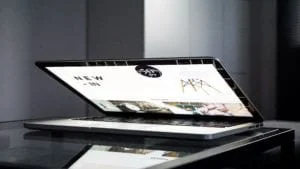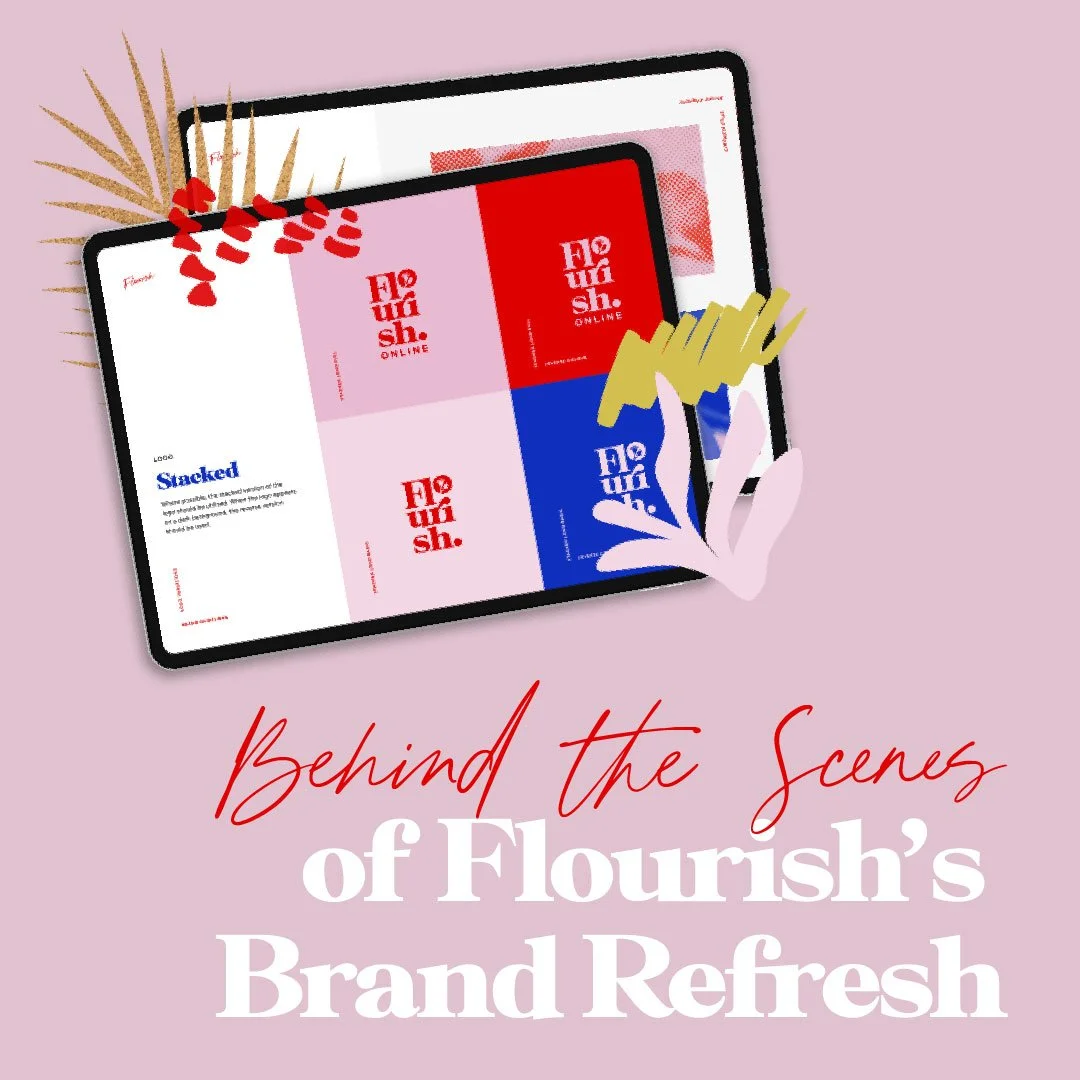Are You Making These 5 Mistakes On Your Sales Page?
I was at an airport once, and I had to walk through the metal detector to make sure I wasn’t carrying anything dangerous. I put my belongings in the tray on the conveyer belt, and the person in charge handed me a large metal disc with a number on it that corresponded with the number on my tray.
A. Metal. Disc.
Naturally, when I walked through the sensor, it went off. The person operating the scanner asked me to remove my earrings. I took them off and put them in the tray. Then I tried to hand them the giant metal disc in my hand because obviously, that’s what’s causing the issue. They made me carry it through the scanner again.
This buffoonery went on for a full ten minutes. I removed my shoes, my belt, all the bobby pins in my hair, regularly saying ‘Hey guys… I THINK it might be this giant metal disc I’m holding that’s making the scanner go off. Just a thought.’
Eventually, I got patted down, and run over with one of those handheld scanners, and I was on my way.
I’m telling this story for two reasons.
1. It’s hilarious
2. It’s entirely possible to make colossal mistakes and not even know you’re doing it. Like the bright sparks at the airport that hand their passengers giant chunks of metal as they’re walking through a metal detector and then deduce that the issue must be earrings. Obviously, it’s earrings.
When you’re setting up your sales page, there’s a lot of stuff to consider. It’s kind of like learning to drive a car for the first time. You’re all ‘Clutch in, hand break off, indicate, head check, glance in the mirror to make sure you look cool, and we’re off!’ Meanwhile you haven’t noticed the neighbours letterbox just moved directly behind your car. Bastard.
It’s the same for sales pages. While you’re concentrating on making sure all the buttons work, you’re probably taking your eye off fundamental things like sales page headings and intuitive design features.
Here are a few mistakes you might be making on your sales page and some suggestions for how to fix them.
1. You’re treating headlines like that person at a party you don’t to talk to
Headlines are an essential part of your sales page. Anything with the word ‘head’ in it is usually pretty important. Headliner, Head Girl. It’s a sign that you need to pay attention to them.
So what are the elements of a good headline?
- They make a damn good promise
‘Buy this fragrance, and Ryan Gosling will abandon his wife and children for you.’
Hot tip: Make sure you can deliver on the promise. Regarding actual execution, the example above is quite terrible, but if you can provide on your promise, that’s a golden headline right there.
If for example, you run a business training course, this could be a winner.
‘Make $5k per month working from home!’
There won’t be a Gosling in anyone’s bed with this promise but it’s still desirable, and most importantly, it’s deliverable.
- They highlight something newsworthy
‘You can now schedule posts directly to Instagram, no need for a dodgy third-party app!’
Offer a solution to long a running problem, and your customers will be clicking the buy button before you know it.
‘Lose weight fast on our exclusive Prosecco and Brie diet!’
I suspect that one would also do quite well.
- They pique curiosity‘
Are you making these 5 mistakes on your sales page?’
Gotcha.
But seriously, if you want people to stick around, your headlines need to arouse their curiosity and make them think ‘Hang on… AM I doing that thing?’.
2. Your calls to action are complicated
To be honest, they probably aren’t, but you need to assume that everyone is an idiot.
You also need to take the lead here. You need to ask your customer to take you up on your offer and explain how.
‘Ready to learn how to maximise your online sales? Click the green button!
’Don’t play hard to get with your business; it’s a waste of your time. Customers aren’t going to pick up on subtle signals. You need to tell them what to do and how to do it.
3. You’re using long-form selling tactics when you should be using short-form (or vice versa)
Over the last few years, you couldn’t click on a sales page blog post without someone evangelising the benefits of long-form content.
Yes. Long form content is excellent… when you’re selling something that needs it.
If you use long-form content to sell something like milk, you’re only going to frustrate your customer.
‘Do you like having bones? Want to keep them forever? Did you know that calcium is in milk and that’s a thing that people need sometimes? Have you tried making a milkshake without milk? It’s not ideal. Tea and coffee are sad without it.
’If you’re selling something simple that doesn’t require a lot of convincing, go short form.
If you’re selling something complicated or expensive and you need to convince your customer to buy it, go long form.
4. You’re focussing on yourself instead of your target market
You’re not selling to you. If you’re selling a course or program, you already have all the answers to the problem you’re trying to solve. What you want to do, is go back to who you were before you had those answers explained.
Write up a customer profile in detail. Think about their gender, income, age, marital status, living situation, current employment and think about how you can solve a problem they have. Then adjust your language to target these particular types of people on your sales page.
If you’re selling sports bras for women with D-cup plus size boobs, it would be foolish to use words like ‘Maximise!’ and ‘Padding!’ in your copy. They are not words that will attract the interest of your target demographic.
5. You haven’t identified a problem
One of the first people who ever tried to sell mouthwash failed miserably because he’d knock on people’s doors and say ‘Do you have bad breath?’ To which the person would reply ‘No.’ and close the door. So he went back to the drawing board and created the concept of people not being able to smell their own bad breath. The second people thought they had bad breath and didn’t know; his sales started to skyrocket.
So if you’re selling something like hand sanitiser, how are you going to create a problem that your product fixes? You need to convince your customer that they need your product.
‘Did you know around 2,022,300 germs are living on your hands right now?
’It’s alarmist, but it’s also true. There are that many germs on your hands right now. Can I interest you in some hand sanitiser?
P.S. If you suspect that your online ‘digs’ need some TLC, check out our fancy-pants portfolio.
P.P.S If you don’t have a website and you need one, like now, we can sort you out with The Flourish Quickie. If you just want a website that looks as PROFESH as possible, as SOON as possible and you don’t want to waste time faffing around with colours and copy we can have your website up and functioning in 7 days. That’s our most excellent promise.
TAKE OUR QUIZ NOW TO DISCOVER YOUR BRAND ARCHETYPE SO YOU CAN BUILD THE RIGHT STRATEGIC FOUNDATION FOR YOUR ONLINE PRESENCE.







